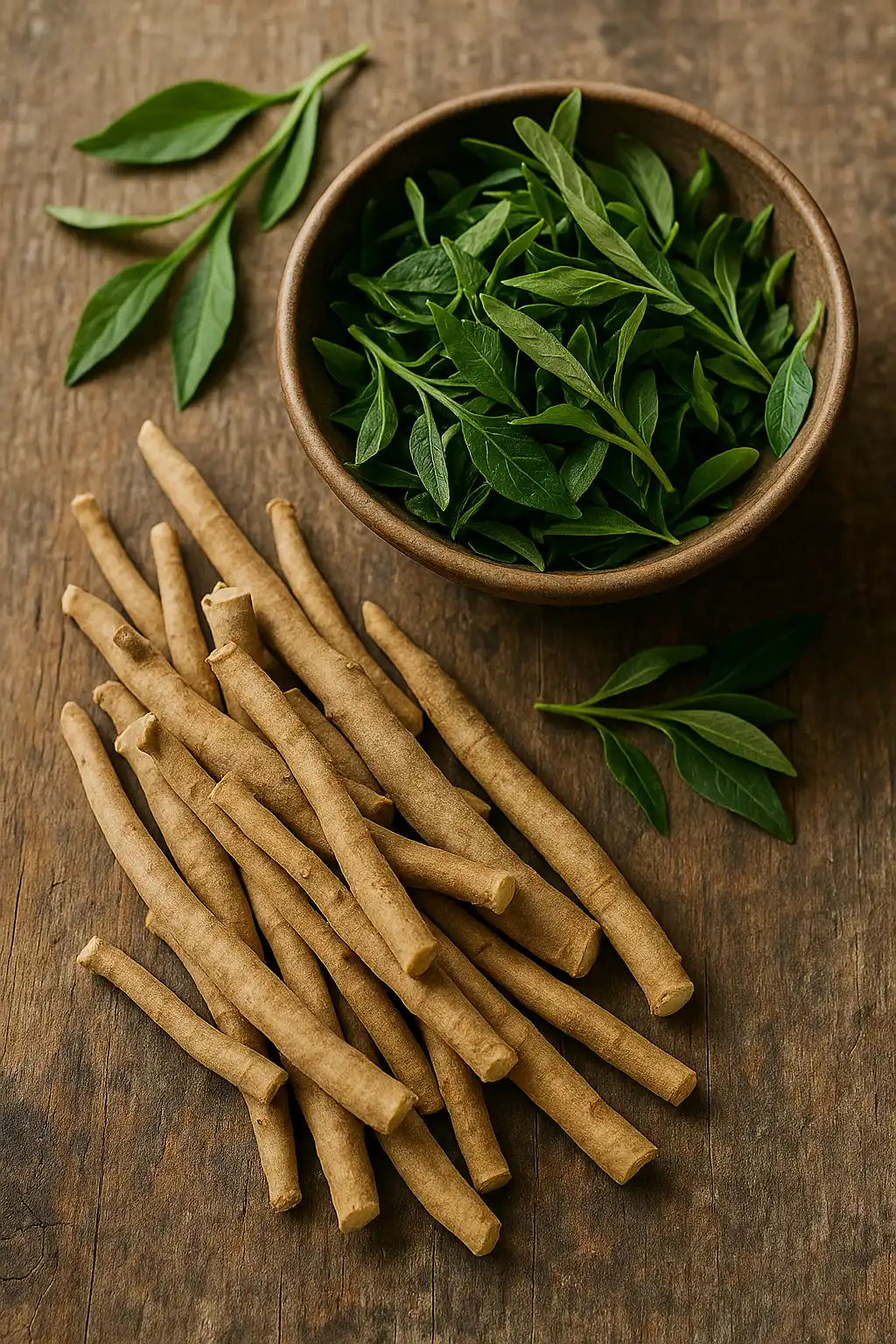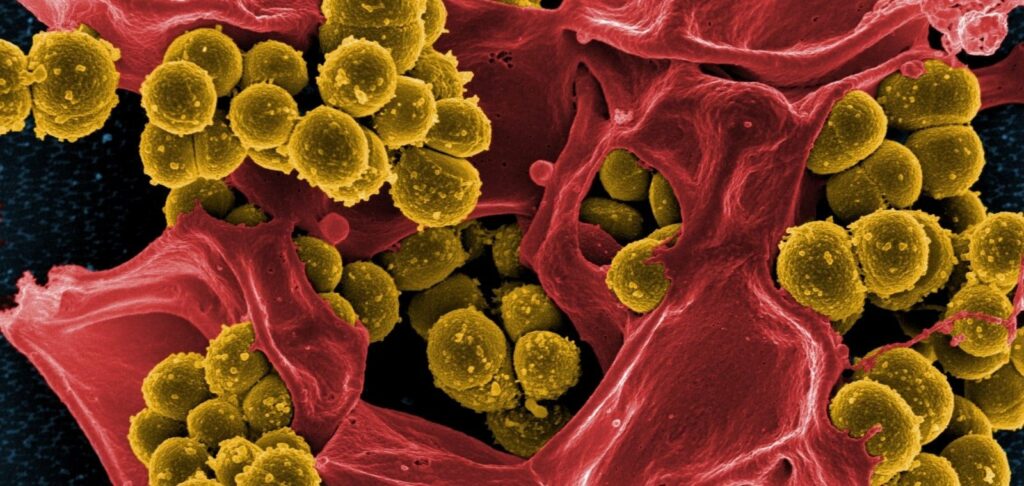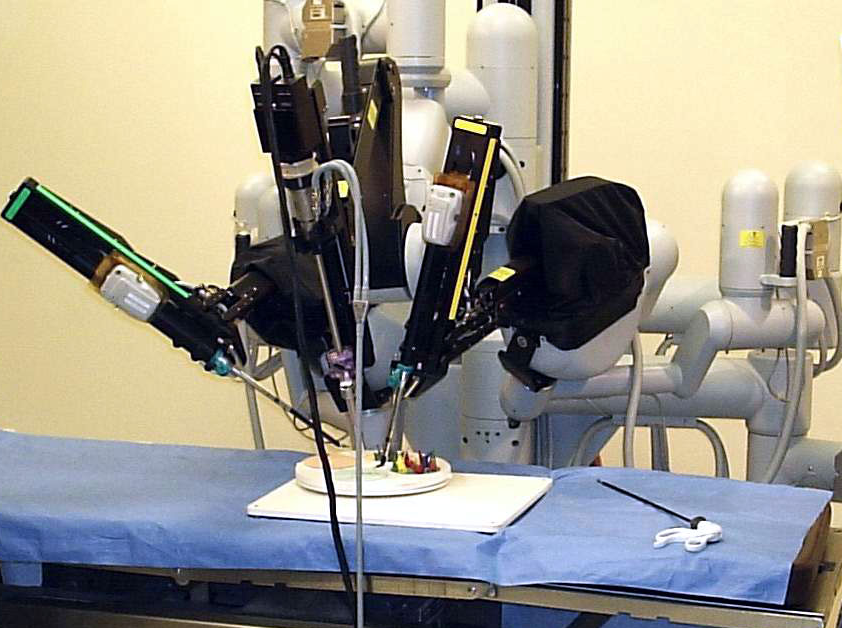

In 2025, chronic stress has become the norm rather than the exception.
War, economic instability, and information overload all deplete the nervous system, cause sleep disorders, aggravate skin diseases, and accelerate aging.
This is why consumers, and with them medical professionals, are increasingly interested in anti-stress formulas – nutraceuticals that support adaptation, sleep, mood and overall health.
At Vitafoods Europe 2025, the focus was on multi-component formulas with adaptogens, amino acids, magnesium, B vitamins, CBD, theanine and innovative peptides.

What is a modern anti-stress formula?
Anti-stress Formula is a nutraceutical that combines several bioactive components to support:
- CNS function,
- endocrine system,
- sleep quality,
-
psycho-emotional resilience.
These formulas do not act as sedatives, but as stress response regulators, adaptogens and neuroprotectants.
In 2025, manufacturers are actively integrating neuromodulators, antioxidants and synbiotics with a focus on both results and clinical trials.

Trends 2025: what works and why
Based on the Vitafoods Europe 2025 review, we highlight the key ingredient groups:
| Component | Mechanism of action | Commentary |
|---|---|---|
| Ashwagandha (Withania somnifera) | Cortisol reduction, adaptogen. | Confirmed in numerous RCTs, notably the 2021 study (PMID: 33481755) |
| Magnesium (citrate/glycinate) | Normalization of sleep, reduction of anxiety | Clinically effective, especially when combined with B6 |
| L-theanine | Reduced anxiety, improved cognitive function | Glutamate receptor blocker (PMID: 18296328) |
| Saffron (stigma extract). | Antidepressant effect | Efficacy has been proven at the SSRI lung level (PMID: 23833983) |
| CBD (cannabidiol, without THC) | Modulation of serotonin receptors, stress reduction | Warning: requires registration as a medicinal product in some countries |

Who are they for?
Target groups:
-
office workers prone to burnout,
-
women in PMS/PMLRS and menopause,
-
adolescents with emotional instability (non-CBD formulas),
-
people after COVID or during chronic illness,
-
military personnel and civilians in combat settings.
Forms: from gummies to sprays
Not only the composition is changing, but also the delivery-system. The product format is the key to regular consumption.
| Form | Advantages | Examples |
|---|---|---|
| Chewing pastilles (gummies) | Comfortable, tastes good | with ashwagandha, melatonin. |
| Sachet with peptides and theanine | Fast absorption | suitable for daily intake |
| Sublingual sprays | High bioavailability | with magnesium, CBD |
| Prolonged-release capsules | Stable effect | in a clinical setting |

Practical application: doctor’s advice
-
Start with mono-component remedies (e.g., magnesium + B6), gradually progressing to complex.
-
Do not recommend CBD for children or people with mental disorders without counseling.
-
Take into account bioindividuality – adaptogens may cause weakness if you are prone to hypotension.
-
Formulas with theanine are best taken in the morning, with melatonin – 30 min before bedtime.
-
Long-term use – only under medical supervision.
Conclusion
In 2025, anti-stress formulas are not just supplements, but part of a new culture of self-care. They are based on scientific research, correspond to the modern rhythm of life and offer personalized solutions. It is important to consider such tools as a supportive tool and not as a substitute for psychotherapy or medical interventions.
List of references
-
Lopresti AL, Drummond PD. Ashwagandha for anxiety. J Evid Based Complementary Altern Med. 2017;22(2):191–199. PMID: 33481755
-
Benton D et al. Magnesium supplementation improves mood. Neuropharmacology. 2014. PMID: 25583221
-
Nathan PJ et al. The neuropharmacology of L-theanine. J Nutr Biochem. 2008. PMID: 18296328
-
Hausenblas HA et al. Saffron (Crocus sativus L.) and major depressive disorder. J Integr Med. 2013. PMID: 23833983
-
Blessing EM et al. Cannabidiol as a potential treatment for anxiety disorders. Neurotherapeutics. 2015. PMID: 26341731



